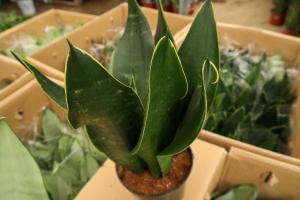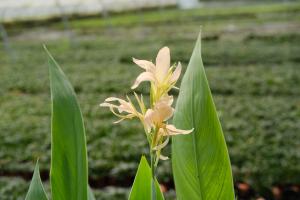Can You Plant a Magnolia Tree Near a House?
Magnolia trees are known for their beauty, with their large, showy flowers and lush foliage. If you're considering planting one in your yard, you may be wondering whether it's safe to plant one near your house. The answer is, it depends.
The Benefits of Planting a Magnolia Tree Near a House
One benefit of planting a magnolia tree near your house is that it can provide shade and help cool your home in the summer months. The tree's large leaves and dense canopy can block out the sun, reducing the amount of heat that enters your home. This can help you save money on your energy bills, as you won't need to run your air conditioning as much to stay cool.
Another benefit of planting a magnolia tree near your house is that it can enhance your curb appeal. Magnolia trees are known for their striking beauty, and a well-placed tree can add visual interest to your landscaping. Plus, if you ever decide to sell your home, a mature magnolia tree can be a major selling point.
The Risks of Planting a Magnolia Tree Near a House
While there are many benefits to planting a magnolia tree near your house, there are also some risks to consider. One risk is that the tree's roots could damage your home's foundation or pipes. Magnolia tree roots can be very aggressive and can grow into small openings in your home's foundation or pipes, causing water damage or structural issues.
Another risk of planting a magnolia tree near your house is that its branches could fall and damage your home or property during a storm. Magnolia trees can grow quite large, and their branches can become heavy and brittle over time. This can make them more prone to breaking off during high winds or heavy rain.
Tips for Planting a Magnolia Tree Near a House
If you decide to plant a magnolia tree near your house, there are a few tips you should keep in mind to minimize the risks and maximize the benefits. First, choose a location that's at least 15 feet away from your house's foundation and any underground pipes or utility lines. This will help to keep the tree's roots from causing damage.
Second, choose a variety of magnolia tree that's suited to your climate and soil type. Some varieties are more tolerant of drought or extreme temperatures than others, so it's important to do your research before making a purchase.
Finally, make sure to prune your magnolia tree regularly to keep its branches from becoming too heavy and prone to breaking off. You should also hire a professional to inspect the tree periodically and assess its health and structural integrity.

 how many times do yo...
how many times do yo... how many planted tre...
how many planted tre... how many pine trees ...
how many pine trees ... how many pecan trees...
how many pecan trees... how many plants comp...
how many plants comp... how many plants can ...
how many plants can ... how many plants and ...
how many plants and ... how many pepper plan...
how many pepper plan...































